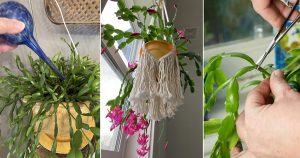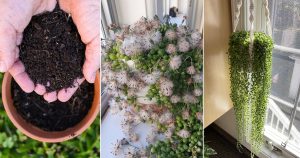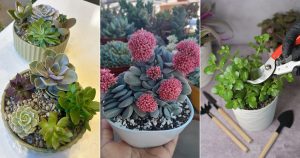Grab the opportunity this flourishing season and learn the best things to do in spring for faster Ponytail palm growth. Don’t miss this!
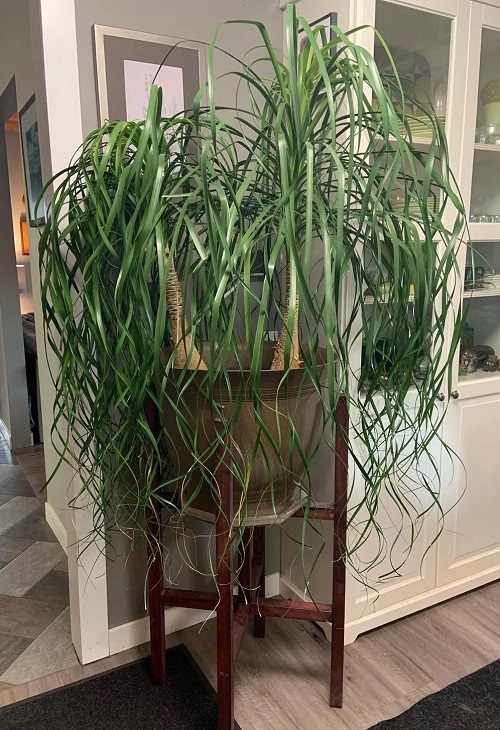
Are you fond of the unique appearance of this succulent? Then you must know that this is the season when it wakes up from its dormant phase as the cooler months end. This guide covers everything about it and the things to do in the spring for faster Ponytail palm growth. Read along!
Things to Do in Spring for Faster Ponytail Palm Growth
Here are the essential steps to ensure your ponytail palm grows faster and healthier during the spring season.
1. Give it Enough Sunlight
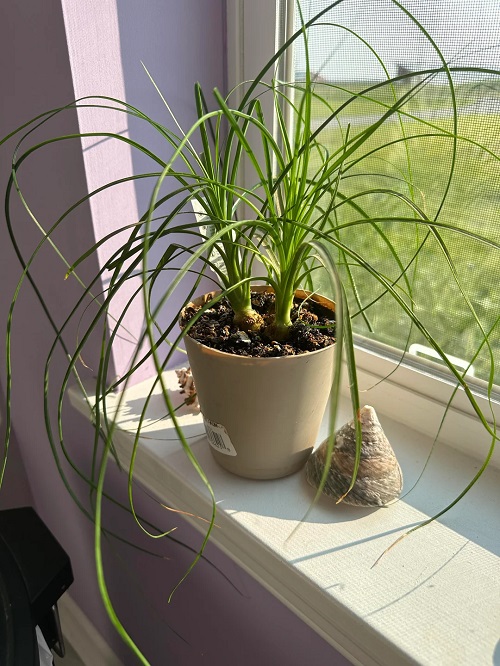
This long-leaf succulent enjoys every bit of bright light! Generally, the Ponytail palm prefers to flourish in full sun to partial shade for healthy and abundant growth. At least 6–8 hours of sunlight a day seems perfect.
If you are growing indoors, place the plant near a sunny window facing south or west so that it can absorb as much light as possible. Besides, the outdoor ones should be placed in a location that receives ample sunlight especially in the morning hours and not the afternoon harsh rays.
2. Increase Watering But Avoid Overwatering
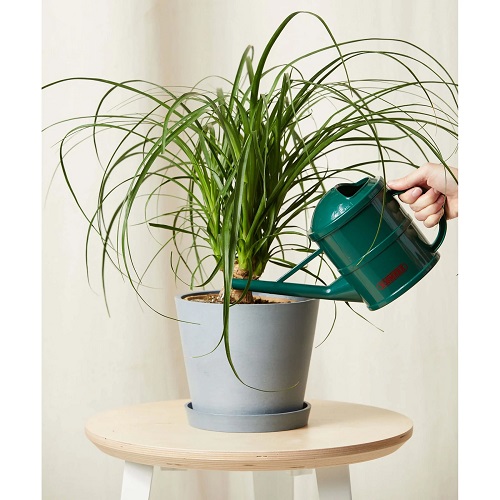
Spring marks the beginning of the active growing season, where all plants dance to the rhythm of the changing weather! It calls for more water, feed and extra pest management too. So, adjust the watering schedule according to your plant needs.
Ponytail palms grow in dry, arid conditions where rainfall occurs mainly in summer, leaving dry periods in between. If yours is growing in a pot, then try to mimic this condition by allowing the soil to dry out between waterings. Avoid watering too frequently, as it can cause root rot.
Water thoroughly when the top 2–3 inches of soil feel dry, but ensure proper drainage to prevent root rot. Since they store water in their bulbous trunks, they are naturally drought-tolerant.
3. Re-pot If Necessary
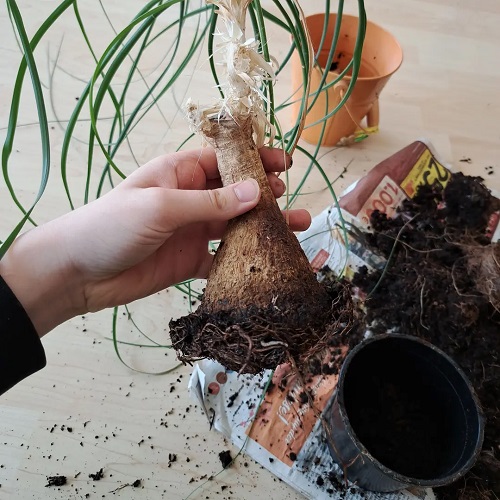
If your Ponytail palm has outgrown its current pot, spring is the best time to repot it. Choose a pot that is 1–2 inches larger in diameter with sufficient drainage holes to prevent waterlogging. Use a well-draining cactus or succulent mix to promote healthy root development and avoid overwatering issues.
You can also mix small pebbles and coco peat with compost in the medium to make it more porous and well-aerated.
Bonus Tip: If the plant has grown too tall, repotting can be tricky. so you can consider root pruning instead—trim the roots slightly and refresh the soil to maintain its size.
4. Start Feeding
During spring, you can fertilize your Ponytail palm every 4–6 weeks with a balanced liquid fertilizer (10-10-10 or 20-20-20) NPK to give that extra support in pushing out new growth and development. The University of Arizona recommends diluted fertilizers as it helps to prevent excess salt buildup in the soil, which can damage the roots.
You can also use slow-release fertilizer pellets for a steady supply of nutrients throughout the season.
5. Prune Dead or Damaged Leaves
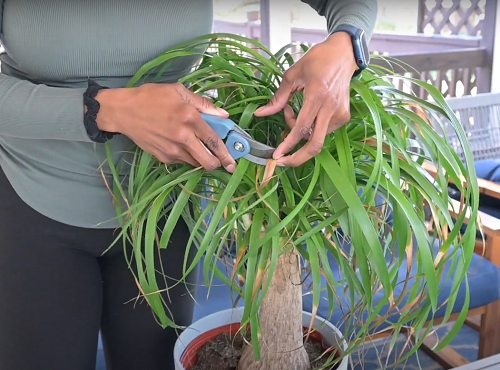
Remove all the dead and unhealthy leaves or stems. Pruning is an essential springtime task as it encourages healthier growth. Trimming off brown, yellowing, or dead leaves helps redirect the plant’s energy toward new growth.
For this, use sterile pruning shears to avoid infections and always cut near the base without damaging the main stem. Also, remove any small offshoots (pups) from the base of the plant if you want a single-trunked look. However, you can replant these pups in separate pots to grow new Ponytail palms!
6. Improve Humidity and Air Circulation
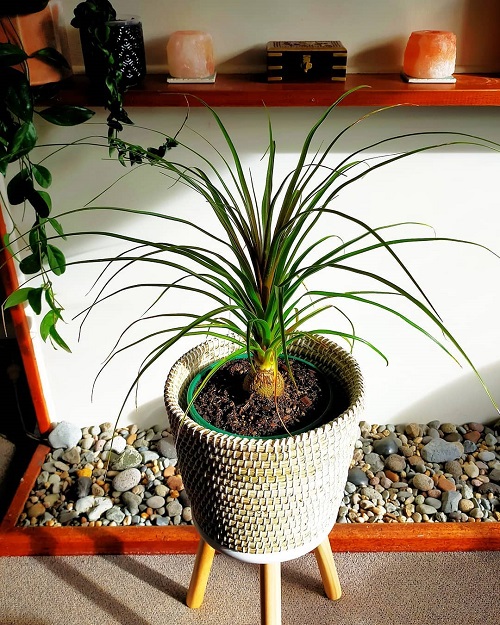
Ponytail palms thrive in moderate humidity levels. If your indoor air is too dry, use a pebble tray with water or a humidifier. Moreover, good air circulation also helps prevent fungal infections and promotes healthy leaf development.
7. Check for Pests and Diseases

The increased warmth and humidity in the spring can attract pests like spider mites, mealybugs, and scales. Ponytail palms are especially susceptible to mealybugs and scale insects, so regularly inspect the leaves and trunk for any signs of infestation.
If pests are present, wipe them off with insecticidal soap or neem oil. Both are effective organic treatments for common houseplant pests.
Surely, following all these steps will lead to a healthier, happier plant that will thrive throughout the season. Consistency is key—small changes can make a big difference in how fast your Ponytail palm grows! Let us know if you have any more queries regarding this in the comments section.


